Exploiting electrochemistry to gain control over the interactions of liquid metal droplets enables reversible switching for soft circuitry.
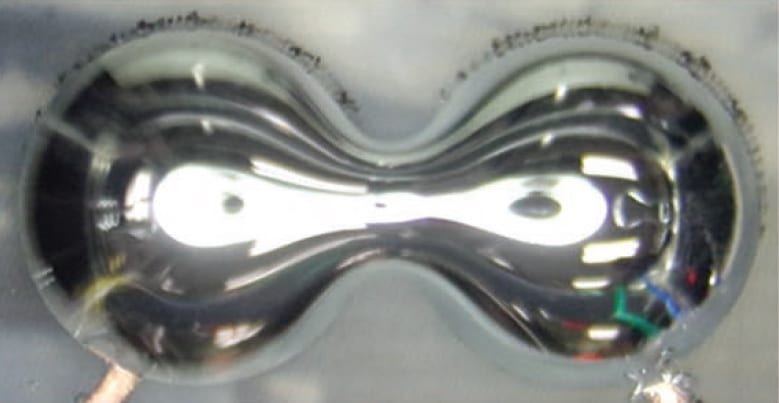

Exploiting electrochemistry to gain control over the interactions of liquid metal droplets enables reversible switching for soft circuitry.
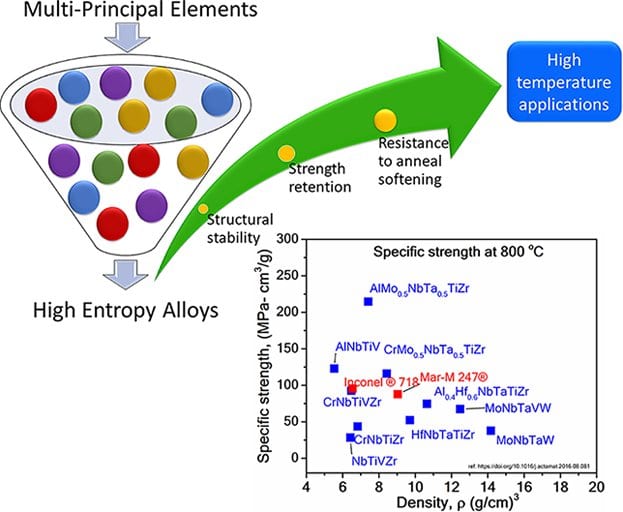
New work reviews advancements in the field of HEAs as a potential emerging material for high-temperature applications.

Taiwanese scientists create a new atmospheric-pressure plasma jet tooth bleaching method that is safe, cost effective and portable.

Dr. Marta Mas-Torrent and her team are developing high-performance electrolyte-gated field-effect transistors (EGOFETs), electronic devices capable of working in an aqueous environment.
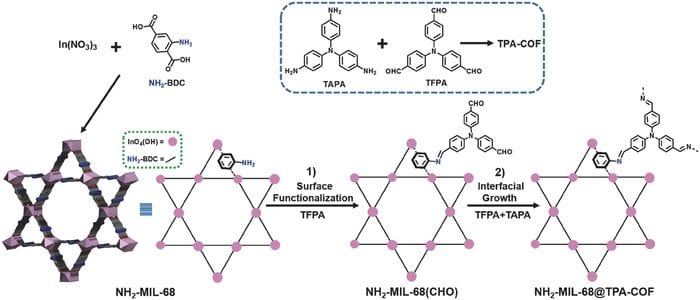
Hua Zhang and his colleagues in Nanyang Technological University presented an elegant strategy to synthesize a novel MOF@COF core-shell hybrid material.
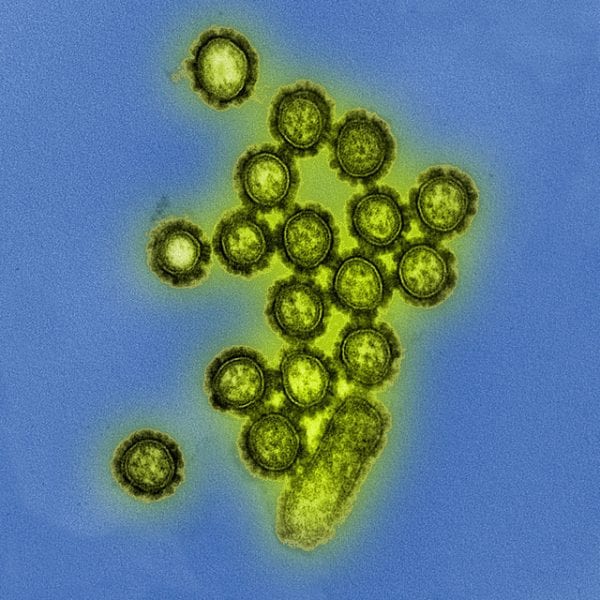
Polymeric nanoparticles acting as intracellular ROS regulators show promise as antiviral agents in influenza-infected kidney cells.

Wood could potentially replace petrol in chemistry and concrete in construction, according to studies conducted under the Swiss Research Programme “Resource Wood”.

Researchers from Hong Kong Polytechnic University and the Hong Kong Polytechnic University Shenzhen Research Institute achieve remote and temporal tuning of luminescence intensity and wavelength in green- and blue-emissive piezophosphors by modulating the magnetic field. This novel method is promising for applications in magnetic optical sensing, piezophotonics, energy harvesting, nondestructive environmental surveillance, novel light sources, and displays.
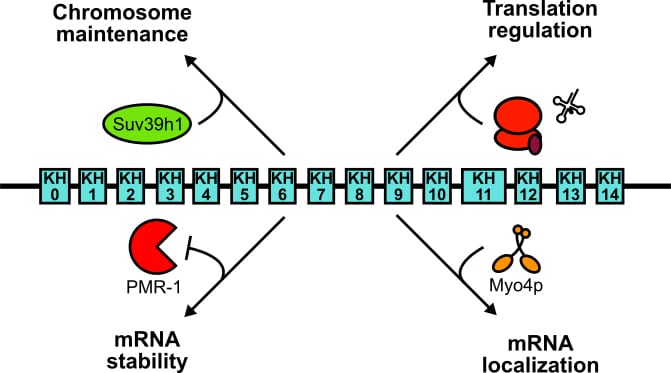
The RNA-binding protein vigilin is conserved from yeasts to humans. Through 30 years of study, vigilin has been associated with a variety of cellular functions both in the nucleus and in the cytoplasm.
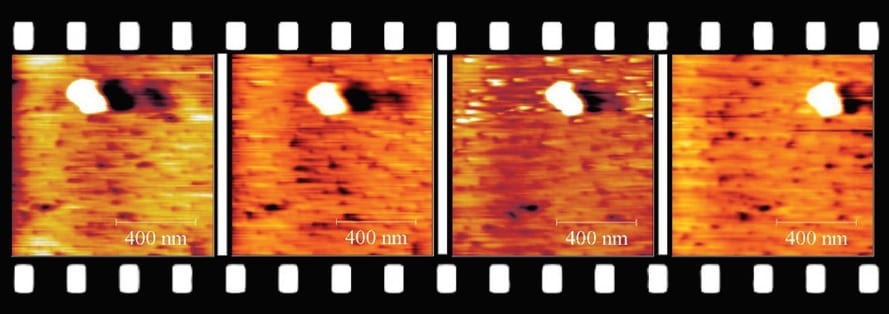
Stabilizing interfacial layers enable atomic force microscopy imaging of soft and dynamic liquid/liquid interfaces without any solid support.